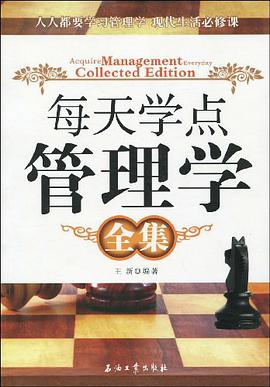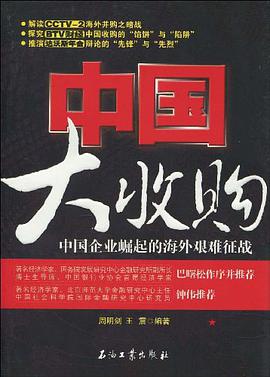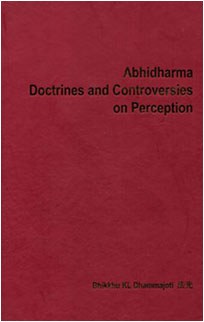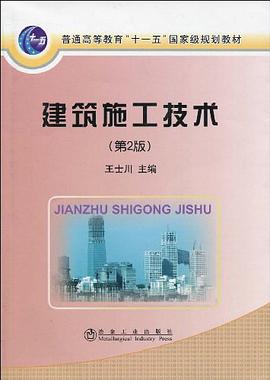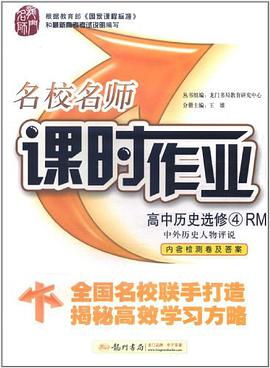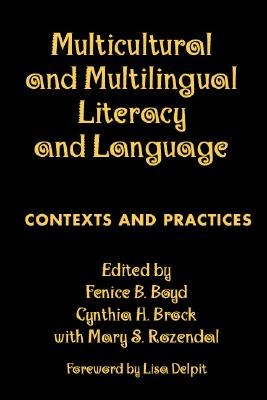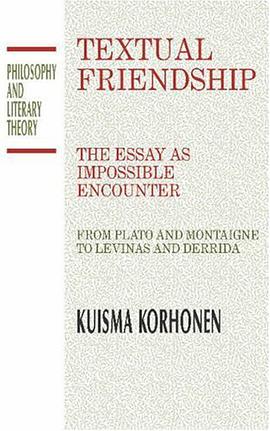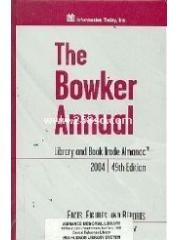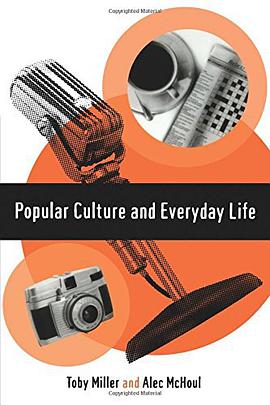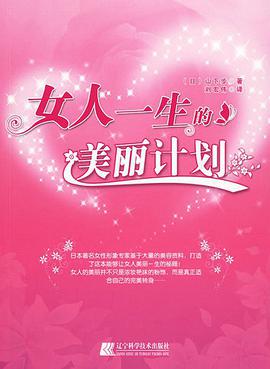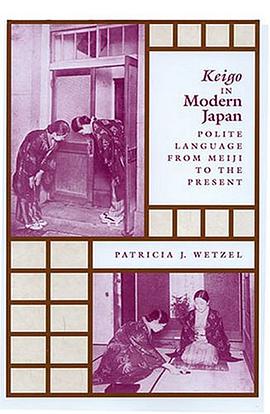

Patricia Wetzel offers in this volume a comprehensive examination of a frequently discussed yet much misunderstood aspect of the Japanese language. Keigo, or "polite language, " is often viewed as a quaint accessory to Japanese grammar and a relic of Japan's feudal past. Nothing, Wetzel contends, could be further from the truth. It is true that Japan has a long history of differentiating linguistic form on the basis of social status, psychological detachment, emotional reserve, and a host of other context-dependent factors. But, as is made clear in this unique and broadly framed study, modern keigo consciousness and keigo grammar emerged out of Japan's encounter with Western intellectual trends in the mid-to late nineteenth century. Keigo in Modern Japan presents a finely nuanced linguistic and political review of keigo available nowhere else in English. The first chapter outlines the ways in which keigo has been problematized in Western linguistics through the application of structuralist analysis and its offshoots. But keigo's presence in the English-language literature does not begin to compare with the place it occupies in the Japanese linguistic canon. Wetzel describes the historical roots and growth of keigo and the popularity of how-to manuals, which, she contends, are less about overt instruction than reinforcing what people already believe.
具体描述
读后感
评分
评分
评分
评分
用户评价
相关图书
本站所有内容均为互联网搜索引擎提供的公开搜索信息,本站不存储任何数据与内容,任何内容与数据均与本站无关,如有需要请联系相关搜索引擎包括但不限于百度,google,bing,sogou 等
© 2025 book.wenda123.org All Rights Reserved. 图书目录大全 版权所有

